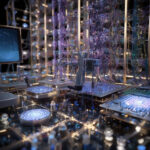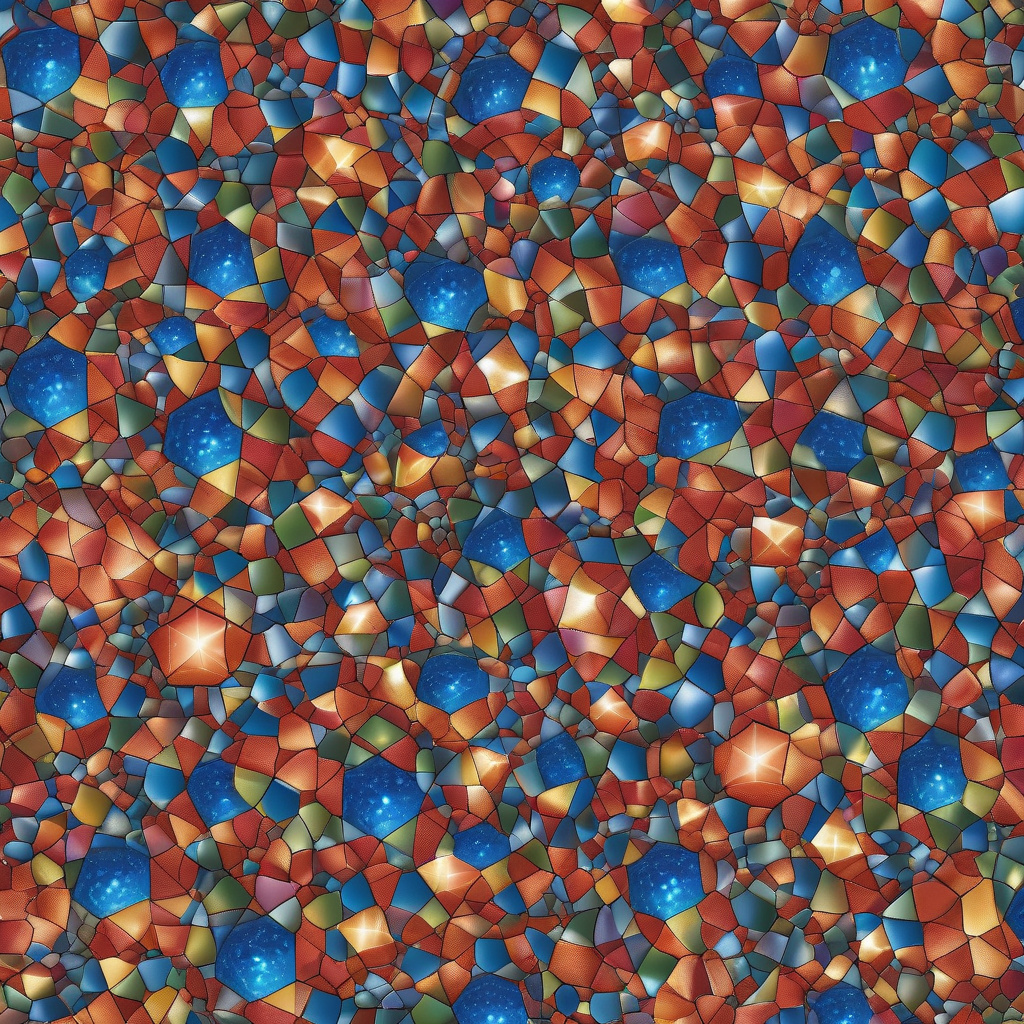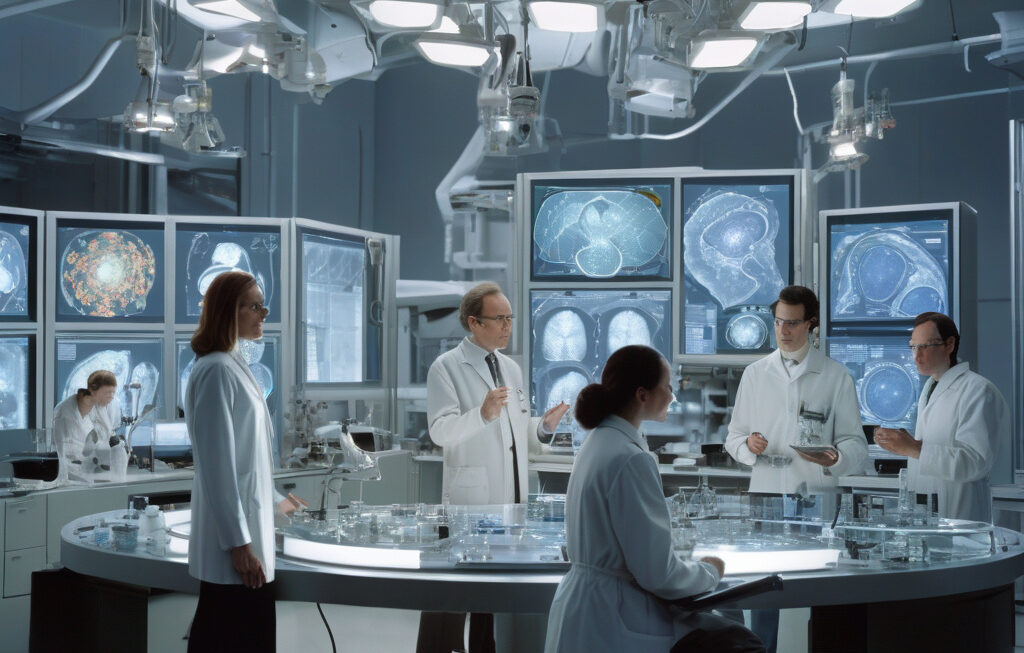Quasicrystals are not flukes: Here’s solid proof they’re real and stable
In normal crystals like salt or diamond, atoms are arranged in patterns that repeat over and over again, forming a predictable and symmetrical structure. However, quasicrystals break this conventional mold. These exotic materials have puzzled scientists since their discovery in the 1980s due to their non-repeating, aperiodic arrangement of atoms. Skepticism abounded in the scientific community, with some researchers even dismissing quasicrystals as mere flukes of nature. But recent advancements in technology and research have provided concrete evidence that quasicrystals are not only real but also remarkably stable and structurally sound.
One of the most compelling pieces of evidence supporting the existence of quasicrystals comes from the work of Dan Shechtman, an Israeli chemist who was awarded the Nobel Prize in Chemistry in 2011 for his discovery of quasicrystals. Shechtman observed quasicrystals in a rapidly cooled mixture of aluminum and manganese, leading him to conclude that these materials were not the product of contamination or experimental error, but rather a new form of solid matter with unique properties. His groundbreaking research laid the foundation for further exploration into the world of quasicrystals, challenging the prevailing notion that all crystals must exhibit periodicity in their atomic arrangements.
Moreover, advancements in imaging techniques such as high-resolution electron microscopy have allowed scientists to visualize quasicrystals at the atomic level, confirming their intricate and complex structures. These images provide irrefutable proof of the long-range order present in quasicrystals, dispelling any doubts about their stability or reproducibility. Researchers have even been able to synthesize quasicrystals in the lab under controlled conditions, demonstrating that these materials can be reliably produced and studied.
Beyond their mere existence, quasicrystals have also shown promise in a variety of applications, from improving the efficiency of LED lights to creating stronger and more durable materials for aerospace engineering. Their unique atomic arrangements give rise to exceptional mechanical, thermal, and electrical properties that make them highly desirable for technological advancements. By harnessing the power of quasicrystals, scientists and engineers have the potential to revolutionize industries ranging from electronics to renewable energy.
In conclusion, the skepticism surrounding quasicrystals has been effectively debunked by a wealth of empirical evidence and technological advancements. These fascinating materials are not anomalies or mistakes of nature but rather a testament to the complexity and diversity of the atomic world. As research into quasicrystals continues to progress, we can expect to see even more innovative applications and discoveries emerge, solidifying their place in the realm of materials science and engineering.
quasicrystals, stability, atomic structure, materials science, technological advancements












